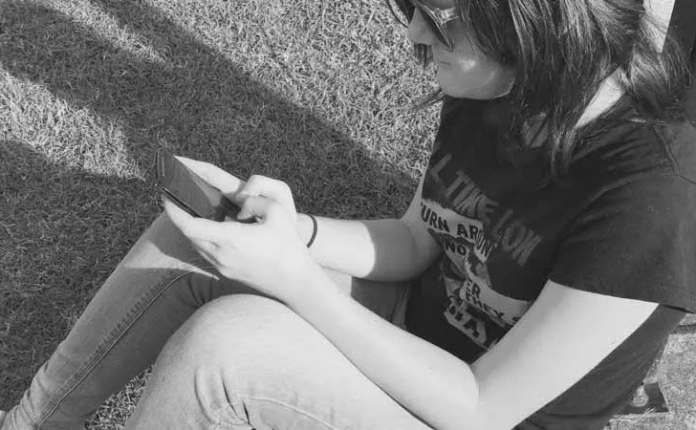A simple childhood tradition has become, for some kids, a night of hurt feelings.

Halloween is almost here, and this year’s biggest fright for many families isn’t ghosts or goblins but the emotional fallout of group costumes. We’re talking about those matching ensembles that can leave some children feeling excluded, anxious, and wondering what happened to the simple joy of trick-or-treating.
It’s a topic recently explored on TODAY with Jenna & Friends, when a viewer reached out to Jenna and co-host Willie Geist about a Halloween social dilemma. The mother explained that her daughter had planned a matching costume with friends when another parent asked if her child could tag along.
“My daughter was so excited to just be with her crew,” the mom wrote. “What do I do?”
In the segment, Jenna and Willie both looked uneasy about the predicament.
“You want to be inclusive, but you don’t want to force anything,” Willie said, while Jenna admitted she tries to “back way up” and let the kids work it out.
Still, she added, “But if somebody asks to be included, you also want to say yes.”
That tension, between stepping back and intervening, is exactly what Noëlle Santorelli, a clinical psychologist in Atlanta, says makes these moments so fraught for parents.
“We’ve told parents not to helicopter, not to interfere,” Santorelli tells TODAY.com. “But the result is that many have swung too far the other way. They’re afraid to guide their kids at all.”


How A Psychologist Would Handle the Halloween Social Dilemma
For parents navigating situations like the one discussed on TODAY, Santorelli recommends quiet guidance rather than control.
She suggests beginning with a private conversation, inviting children to consider what it feels like to be included and what it feels like to be left out.
And if the answer is still no? That’s fine, too — as long as it’s handled with kindness.
“Kids are allowed to have boundaries,” Santorelli says. “But parents can help them communicate those boundaries gently, without shame or cruelty.
Elementary school, she says, is still a time when adults should step in softly, not to dictate outcomes, but to model empathy and communication.
If a child has been part of a close group for years and suddenly they’re left out, it’s perfectly acceptable to call another parent.
“You’re not trying to fix the situation. You’re showing your child that people can talk about uncomfortable things and still stay connected,” she says.
Santorelli also stresses that these moments are opportunities to teach children about social dynamics. When a child feels excluded, parents can seek context from others: “Do you have any idea … any information about what happened?”
That feedback can be shared constructively.
“Your daughter wasn’t giving social space … or she wasn’t being nice,” Santorelli says. “You could help your daughter learn from this, instead of having to live in a vacuum and not understand why this is happening.”
The goal is not to punish but to cultivate empathy, boundaries, and the ability to repair relationships.
Those small gestures, she adds, can teach something larger: that friendship doesn’t end when feelings get bruised. It’s not about getting your way,” she says. “It’s about showing kids that conflict isn’t catastrophic, that we can have rupture and repair.”


